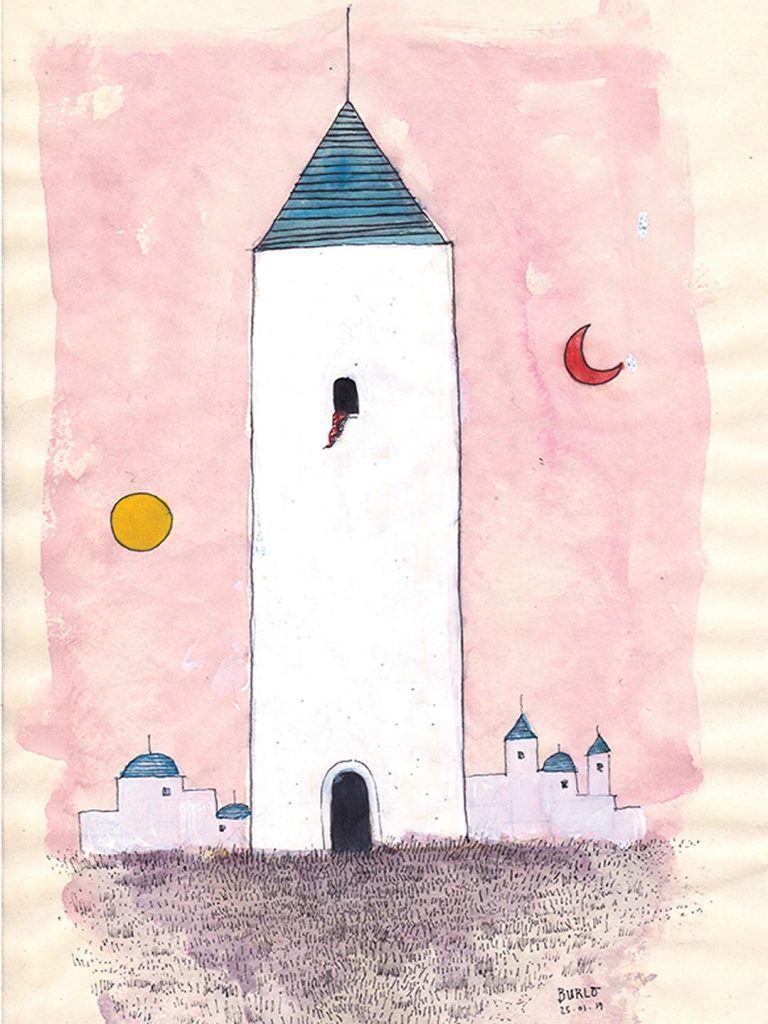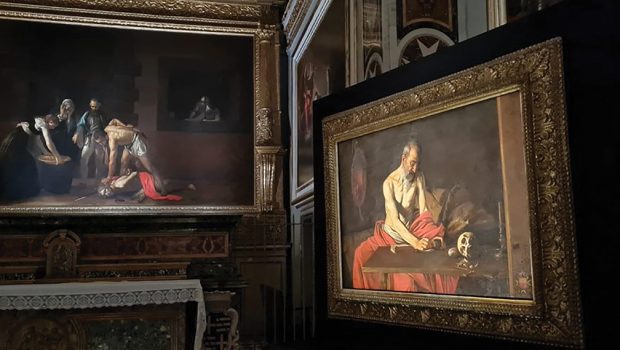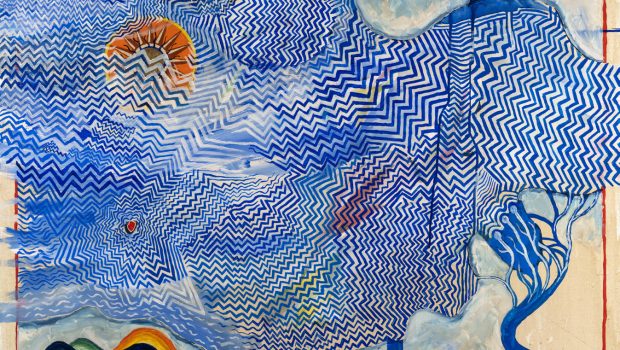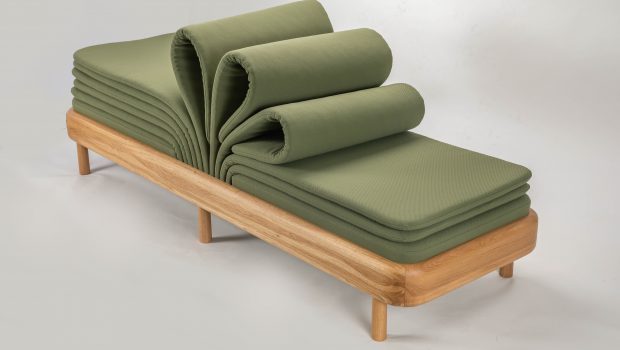The Gentle Protest of Other Places
In May 2019, the Golden Lion award at the Venice Art Biennale was awarded to the Lithuanian pavilion, Sun & Sea (Marina) – a performative piece about climate change that doubled as an opera about a day at the beach. Meanwhile, in the increasingly packed rooms of Tate Modern, Olafur Eliasson presented a series of climate-motivated artworks that audiences couldn’t get enough of....
Climate awareness in the art world (and beyond) had begun to double as dynamite Instagram fodder, signalling a moment where environmental activism emerged from the territory of eccentric hippies and ignorable scientists, augmenting itself solidly into the pathological mainstream. Between Venice flooding, Australia burning, and summer temperatures in Europe reaching peak scorch – climate change has well and truly arrived on the scene.

When a subject of concern reaches these levels of internet hysteria, it becomes both a good and a very dangerous thing. Popularity breeds carelessness – disinformation is exchanged licentiously, focus misguidedly diverts to creating heroes and villains, and – worst of all – it all too quickly fades into background noise. As the artist who holds the greatest understanding of humanity’s absolute deference to trends once said; “if you look at a thing long enough, it loses all of its meaning”. And as each of us mindlessly swipes across yet another image of a burning koala in a bid to land on the next scintillating hashtag, Warhol is recurrently proven right.
When political cartoonist and artist Sebastian Tanti Burlò presented a series of thirteen watercolour vignettes to me as a fairy-tale commentary on man’s relationship with nature, it felt as though someone had turned off a noisy machine I hadn’t realised was on. Other Places brought all of the planetary concerns surrounding this unprecedented moment of crisis back into focus. Yet it did so by resisting Burlò’s signature shockery. This series was quiet, magnetic in its subtlety. It worked to subvert the flood of screaming content on climate change that had come to function as a kind of global anaesthesia. Instead, it delved into a world that could only exist in the realm of the imagination.

“When I created these works, in my mind I was writing a short story for each one,” Burlò explained, “[but] people come in with their own interpretation, with their own imagination, with their own back-story. I’m just creating a space for somebody to look in and play – if they want to”.
With Other Places, Burlò creates an ambiguous framework for viewers to construct different possibilities for how nature and mankind through architecture can co-exist. By offering them a chance to look at an image of a giant flower emerging from a stone tower, or a thousand daisies cascading in a moat-like fashion around the edge of an urban island, Burlò puts forward a proposition of absurdity. Yet he does so with distinct purpose. By providing an alternative model for how the man-made and natural world can endure as companions – by returning to a scenario where nature came first – he forces us to take a hard look at how we have abused it.
“This is a reaction to the way we have treated nature,” Burlò continued. “We have tried to dominate [nature] for the survival of our species in such a way that now we have created these cities where nature is alien. Nature is now fixed in pots. Nature is prescribed to certain areas – to traffic islands. Those are the national pockets that we’re allowing to be green”.
“We seem to have removed ourselves from the natural order, we think we’re separate from it. When in reality, we are part of it – not above or below it. We’re another piece within it. I don’t think there’s any difference between a tree and us. There’s as much responsibility to protect a human life as there is to protect natural life – an animal or a tree”.
Despite humanity’s propensity to overcook, stretch and make unrecognisable its own most dire catastrophes, the world’s problems will always persist past our apathy. The planet will continue to perish even as we swipe past the latest scientific analysis on how, why and how fast. Mankind will continue to enable a consumerist way of life even while digitally crying out for #ClimateJustice. Other Places represents a moment when the shouting dies down. It proposes different versions of a natural order, and in doing so renders our current reality redundant. Other Places resists the trending diatribe and gives us paint, paper and stories. It compels us to picture a world we haven’t already plundered, encourages us to break beyond the background noise, and reminds us to know our place.
The exhibition titled Other Places by Sebastian Tanti Burlò, set to take place at 48 Melita Street, Valletta, has been postponed following safety precautions recommended for the COVID-19 virus.








